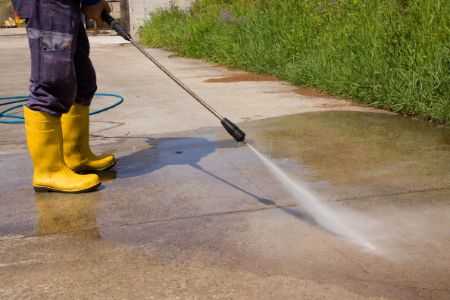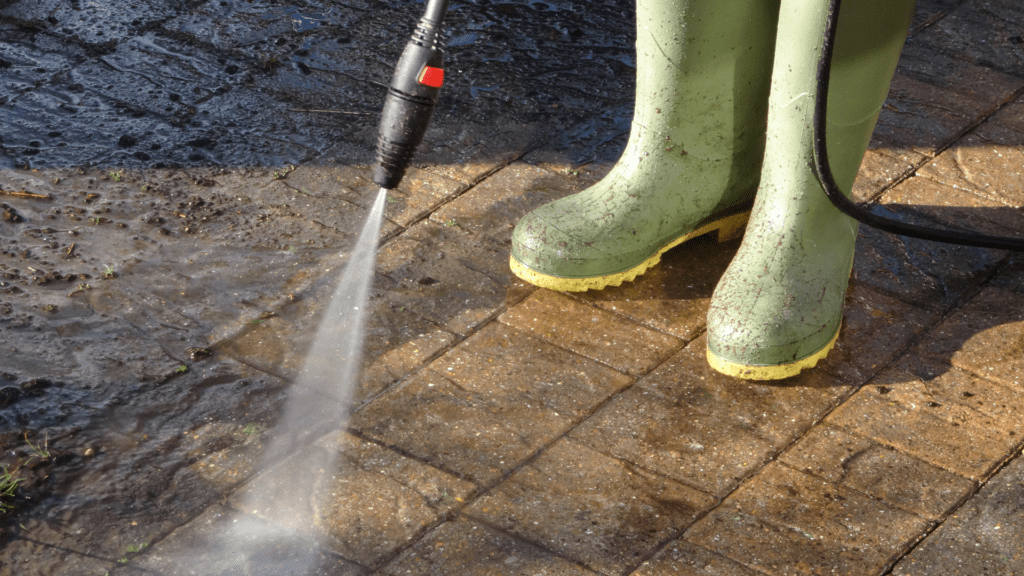Easy Steps for Effective Oil Spot Removal From Car Surfaces
Effective oil discolor elimination from vehicle surface areas is important for preserving both looks and value. Recognizing the sort of tarnish and the product influenced can considerably affect the cleaning procedure. By using the right techniques and materials, one can accomplish adequate outcomes without compromising the stability of the car's finish. The strategy to pre-treatment and the choice of cleansing agents can vary commonly, leading to different outcomes. As we check out these vital steps, it becomes evident that focus to detail is paramount for success. What details approaches can make sure optimum lead to this undertaking?
Analyzing the Discoloration Type
When tackling oil stain removal from vehicles, it is important to very first analyze the type of discolor existing. Oil spots can vary dramatically based upon their beginning, age, and the surface area they have actually permeated. Typical resources of oil spots consist of engine oil, transmission fluid, and even cooking oil, each having distinct qualities that affect the removal procedure.

Furthermore, take into consideration the area of the discolor. Strongsville Fleet Washing. Spots near the engine compartment may indicate a leakage, while those underneath the vehicle can arise from spills or drips. By properly identifying the tarnish's origin and condition, vehicle owners can select one of the most effective elimination techniques, making certain successful results without causing more damages
Gathering Necessary Materials
Planning for oil discolor elimination includes gathering the essential products to make certain a reliable and secure cleansing process. The right tools and products can make the distinction in between an effective end result and additional damages to your vehicle's surface.
Begin by acquiring absorbing products such as paper towels or cloths, which will aid in blotting up excess oil. A pail for mixing cleaning services is likewise necessary. For the cleansing agents, consider a degreaser specifically created for automotive surface areas. Alternatively, dish soap diluted in warm water can function as a mild alternative for lighter stains.
A soft-bristle brush or sponge will certainly be needed for applying the cleansing option without scratching the surface. Furthermore, rubber gloves ought to be worn to secure your hands from rough chemicals, while security goggles can guard your eyes from sprinkles.
Lastly, a tube or stress washer is recommended for washing the area thoroughly after therapy. By constructing these materials before beginning the cleaning procedure, you established the stage for reliable oil discolor removal, ensuring that the automobile's exterior continues to be untouched while restoring its look.
Pre-Treatment Steps
With the essential materials assembled, the emphasis shifts to the pre-treatment steps that will certainly help optimize the oil discolor removal procedure. Initially, it is necessary to identify the kind of surface impacted by the oil stain, as different products may call for tailored techniques. Strongsville Fleet Washing. Tidy the area around the discolor with water and light soap to remove any type of dust or debris, which can impede the performance of the stain elimination technique
Following, analyze the oil stain's age and depth. Fresh discolorations generally react far better to treatment than older ones, which may have permeated the surface area more deeply. For older spots, think about saturating the location lightly with a suitable solvent, making sure that it does not harm the underlying product.
As soon as the surface area is prepared, blot the stain carefully with a clean, dry check cloth or paper towel to absorb excess oil. These pre-treatment actions lay the foundation for effective discolor removal, setting the phase for the following stage of the process.
Cleaning Methods to Use
Reliable cleansing techniques are vital for efficiently eliminating oil spots from cars. To begin, pick a degreaser particularly developed for automobile use. Use the degreaser generously to the stained location, guaranteeing it covers the oil area entirely. Permit it to rest for a minimum of 10-15 mins to permeate the discolor.
Following, use a stiff-bristled brush or a sponge to agitate the area delicately. This action will assist raise the oil from the surface area. For tougher discolorations, think about making use of a mix of cooking soda and water to develop a paste. Apply this paste directly onto the tarnish and scrub with the brush, enabling the cooking soda to soak up excess oil.
After rubbing, wash the location extensively with Source water to wash away the degreaser and any remaining deposit - Strongsville Fleet Washing. If the discolor lingers, repeating the procedure may be required. For sensitive surface areas, constantly evaluate any type of cleansing solution on an unnoticeable area prior to complete application. Following these techniques will certainly ensure a much more reliable oil tarnish removal, restoring your automobile's look.
Post-Cleaning Treatment Tips
After efficiently removing oil discolorations from your lorry, implementing correct post-cleaning treatment is crucial to keep its look and protect against future discolorations. Begin by applying a premium wax or sealant to the affected location. This develops a protective barrier versus ecological pollutants, including oil. Regular waxing not just improves the car's shine but additionally makes succeeding cleaning easier.
Next, take into consideration car park your automobile in shaded areas or making use of an automobile cover to minimize direct exposure to sunlight and extreme weather. This will aid protect the integrity of the paint and minimize the likelihood of future discolorations setting in.
In addition, keep a close eye on locations where oil leakages may take place, such as the engine compartment and undercarriage. Normal evaluations can aid you identify prospective leakages before they end up being problematic.
Final Thought

When taking on oil tarnish elimination from lorries, it is essential to first evaluate the type of discolor present. Common sources of oil stains include engine oil, transmission liquid, and also cooking oil, each having unique attributes that influence the removal process.
Fresh oil stains typically show up darker and glossy, while older spots may be lighter and much more absorbed into the surface area. Tidy the area around the stain with water and mild soap to get rid of any kind of dirt or debris, which can prevent the performance of the discolor removal technique.
After efficiently eliminating oil spots from your vehicle, applying correct post-cleaning care is important to keep its appearance and protect against future discolorations.